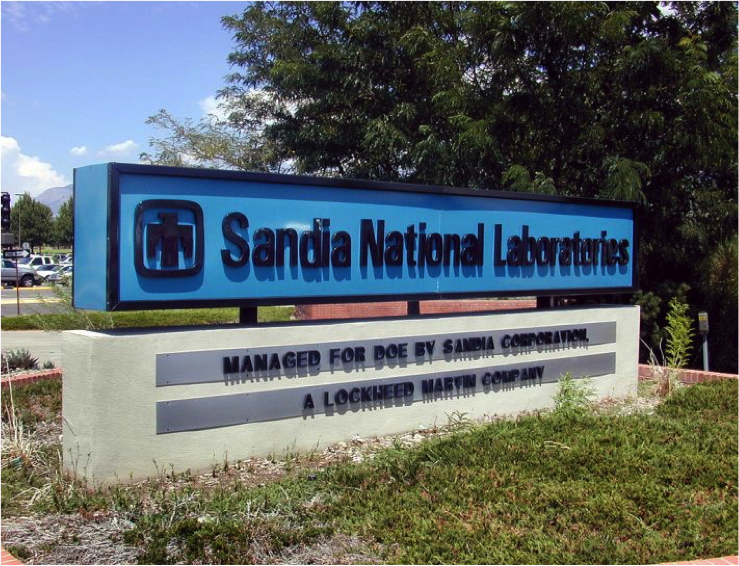
Sandia National Laboratories is pushing U.S. development of autonomous hypersonic aircraft, using a unique wind tunnel and advanced laser diagnostic technology to get there.
The goal is to advance aircraft past five times the speed of sound. It is a top national defense priority, and as such, a top Sandia priority now, where once it was seen as 30 years away from possibility, according to Sandia aerospace engineer Steven Beresh. Advances in other nations’ capabilities, however, have left the United States on edge.
Testing utilizes a variety of instrumentation, geometry and temperature changes, and spin testing to access what flights can handle. The main concern for researchers, though, is figuring out how air flows over an object at speeds greater than Mach 5.
“The physics are enormously difficult at hypersonic speed,” Beresh said. “We have some information, but not enough information. We’ve mostly been dealing with re-entry vehicles. Before, the idea was to just have the vehicle survive; now, it needs to thrive. We’re trying to fly through it.”
Air and gases work differently at hypersonic speed. Pressure and temperatures mount substantially and guidance mechanisms struggle to keep up. Sandia is using its advanced lasers system to measure the speed of gases passing over models, as well as the direction of air flow, pressure, density of gases, and how heat is transferred.




